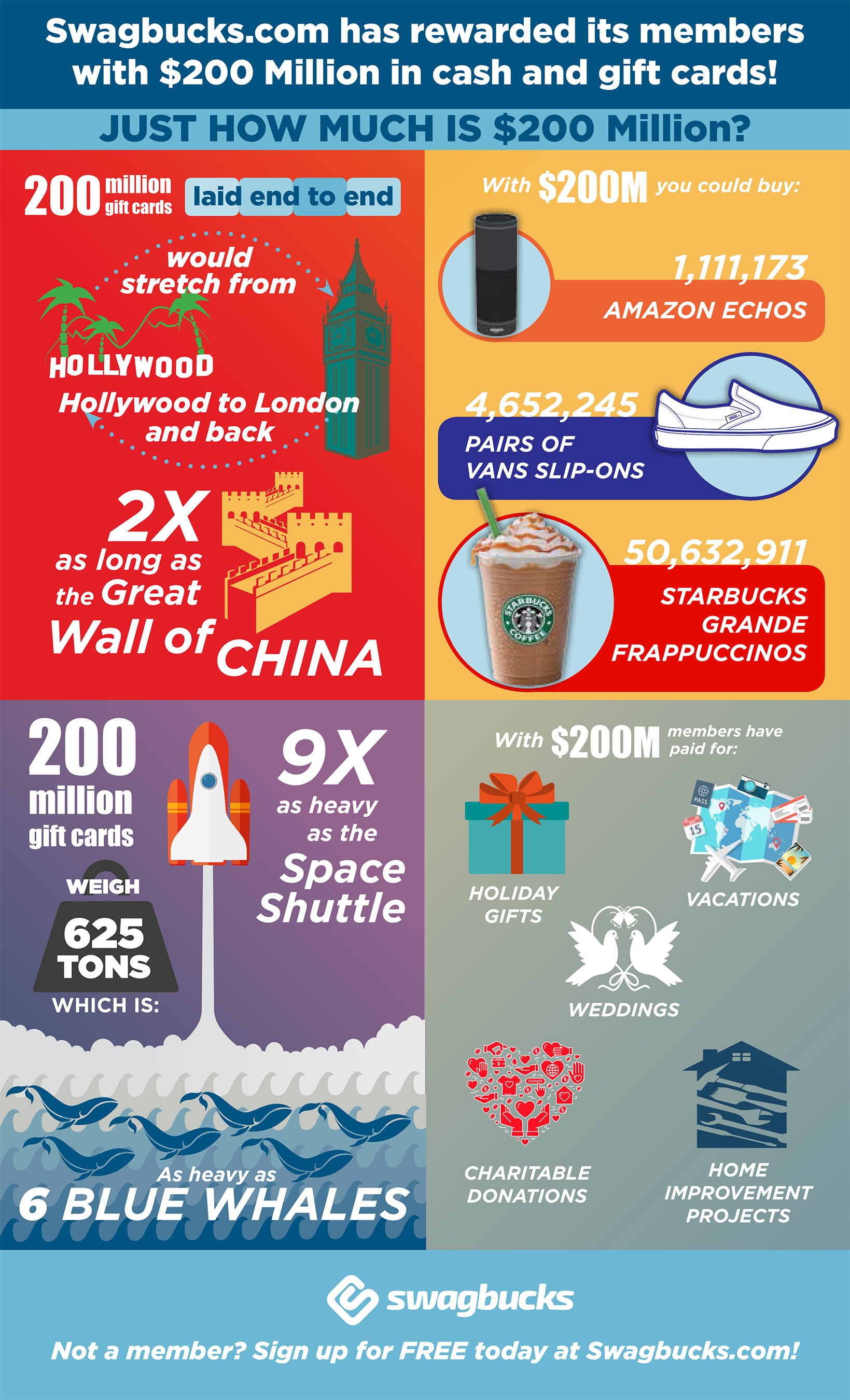Glass engravers have been very skilled artisans and artists for hundreds of years. The 1700s were especially notable for their success and popularity.
As an example, this lead glass cup demonstrates how etching integrated design fads like Chinese-style concepts right into European glass. It likewise illustrates how the ability of an excellent engraver can produce illusory depth and visual texture.
Dominik Biemann
In the initial quarter of the 19th century the typical refinery area of north Bohemia was the only area where ignorant mythological and allegorical scenes engraved on glass were still in vogue. The cup envisioned below was engraved by Dominik Biemann, who specialized in tiny pictures on glass and is considered one of the most important engravers of his time.
He was the son of a glassworker in Nové Svet and the brother of Franz Pohl, another leading engraver of the period. His work is characterised by a play of light and shadows, which is particularly obvious on this cup showing the etching of stags in timberland. He was additionally understood for his deal with porcelain. He died in 1857. The MAK Gallery in Vienna is home to a huge collection of his works.
August Bohm
A significant Nurnberg engraver of the late 17th century, Bohm dealt with delicacy and a feeling of calligraphy. He etched minute landscapes and inscriptions with vibrant official scrollwork. His work is a forerunner to the neo-renaissance design that was to control Bohemian and other European glass in the 1880s and past.
Bohm accepted a sculptural feeling in both alleviation and intaglio inscription. He displayed his mastery of the last in the carefully crosshatched chiaroscuro (stalking) impacts in this footed goblet and cut cover, which shows Alexander the Great at the Fight of Granicus River (334 BC) after a painting by Charles Le Brun. In spite of his substantial ability, he never ever accomplished the fame and ton of money he sought. He passed away in scantiness. His spouse was Theresia Dittrich.
Carl Gunther
Regardless of his steadfast work, Carl Gunther was a relaxed male who enjoyed spending quality time with friends and family. He liked his daily ritual of seeing the Collinsville Senior citizen Center to take pleasure in lunch with his buddies, and these minutes of camaraderie gave him with a much needed reprieve from his demanding profession.
The 1830s saw something fairly phenomenal occur to glass-- it became vivid. Engravers from Meistersdorf and Steinschonau created highly coloured glass, a taste called Biedermeier, to meet the need of Europe's country-house classes.
The Flammarion inscription has ended up being an icon of this brand-new taste and has actually appeared in publications devoted to scientific research as well as those checking out necromancy. It is likewise located in many museum collections. It is believed to be the only surviving instance of its kind.
Maurice Marinot
Maurice Marinot (1882-1960) began his profession as a fauvist painter, yet ended up being captivated with glassmaking in 1911 when checking out the Viard brothers' glassworks in Bar-sur-Seine. They provided him a bench and educated him enamelling and glass blowing, which he mastered with supreme ability. He developed his own strategies, using gold streaks and making use of the bubbles and various other natural defects of the product.
His approach was to treat the glass as a creature and he was one of the very first 20th century glassworkers to make use of weight, mass, and the aesthetic impact of all-natural flaws as aesthetic components in his works. The exhibit shows the substantial impact that Marinot carried modern-day glass production. Regrettably, the Allied battle of Troyes in 1944 destroyed his studio and countless illustrations and paintings.
Edward Michel
In the early 1800s Joshua introduced a Father's Day beer glass design that mimicked the Venetian glass of the duration. He used a strategy called diamond factor engraving, which includes damaging lines right into the surface of the glass with a difficult steel apply.
He also established the very first threading equipment. This invention enabled the application of long, spirally injury trails of color (called gilding) on the text of the glass, an essential feature of the glass in the Venetian style.
The late 19th century brought brand-new layout concepts to the table. Frederick Kny and William Fritsche both worked at Thomas Webb & Sons, a British company that focused on excellent quality crystal glass and speciality coloured glass. Their work reflected a preference for classic or mythical topics.
